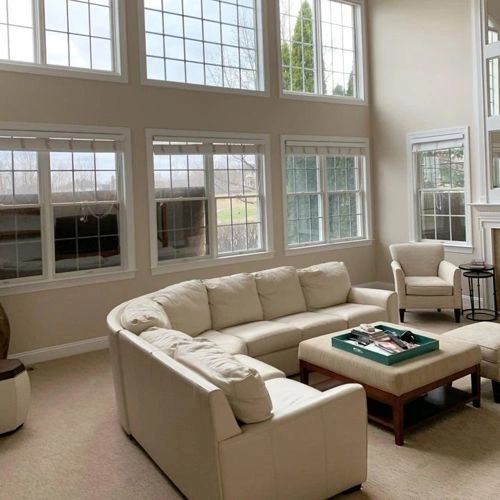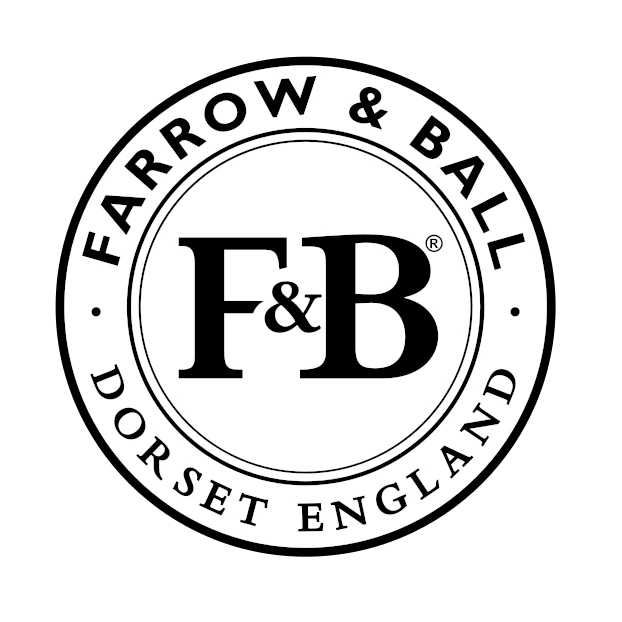Behr Roman Plaster PPU7-10
| Code: | PPU7-10 |
| Name: | Roman Plaster |
| Brand: | Behr |
What color is Behr Roman Plaster?
Behr's PPU7-10 Roman Plaster is a warm and inviting neutral tone that adds sophistication to any space. This versatile color pairs beautifully with rich accents such as dark teal (S460-7 Magnetic Gray) and earthy greens like Mossy Oak (P300-7). For a more striking contrast, consider combining Roman Plaster with a deep charcoal shade like Graphic Charcoal (PPU18-22). Whether used as a main wall color or for furniture and decor, this timeless shade will create a calming and elegant atmosphere in your home. Elevate your interior design with Behr's Roman Plaster for a chic and contemporary look.
Try before you buy
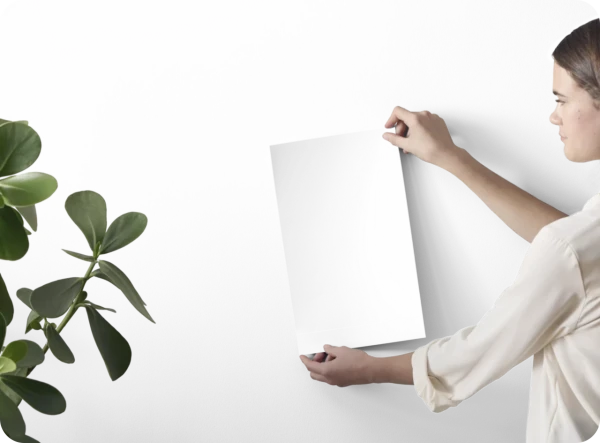

100% accurate
reusable paint samples

Peel, stick,
and repeat

Twice painted
with real paint

Next day
delivery
What are Behr Roman Plaster undertones?
The undertone of Roman Plaster can be accurately described as a Red hue, as is apparent from the color space provided. By isolating the pure hue and eliminating any tints, tones, and shades, we were able to precisely determine its undertone. This approach has proven to be more accurate than traditional methods of defining undertones on a white background, which are now considered outdated.
HEX value
HEX value:
#DDD2BF
RGB code:
221, 210, 191
Is Behr Roman Plaster PPU7-10 cool or warm?

With a hue of 38° thisBeigerefers warm paint shade according to HSL (Hue, Saturation, Lightness) on the color wheel.
PPU7-10 Roman Plaster HSL code: 38, 31%, 81%
Hue - degree on a color wheel from 0 to 360. 0 is red, 120 is green, and 240 is blue.
Saturation is expressed as a percentage. At 0%, it appears as a shade of grey, and at 100%, it is in full color..
Lightness is also a percentage value. 0% is black, and 100% is white.
- Warm colors are ideal for kitchens, living rooms or bathrooms
- Warmer hues make larger spaces feel more inviting
- Warm beige shades create a cozy and inviting atmosphere, making any room feel comfortable and welcoming, perfect for living rooms, bedrooms, and hallways.
- To prevent a space from feeling too monotonous, consider pairing warm light shades with richer tones like deep greens or browns, or adding textures through fabrics and furnishings. Avoid using them in rooms with limited natural light, as they may appear too dull or yellowish
Act like a pro: Mixing warm and cool shades is a must have to get harmonius interior. Add accents that contrast with the primary color to create visual balance. If your walls are a warm color, don’t forget to add accent in cold colors (furniture, art, décor). A good practice is too use a complementary color scheme.
How light temperature affects Roman Plaster
Natural Lighting. During the day, natural light shifts from about 2000 K at sunrise/sunset to 5500–6500 K at noon.
In addition, natural‑light temperature depends on its direction:
| Direction of sunlight | Visible temp. | Hue | Duration |
|---|---|---|---|
| North | Cool | Bluish | All day |
| East | Warm | Yellow | Before noon |
| West | Warm | Orange‑red | After noon |
| South | Warm | Orange‑yellow | All day |
Artificial Lighting. When choosing bulbs, pay attention to their color‑temperature (Kelvins).
Use the slider to see how this Beige shade looks under different lighting:
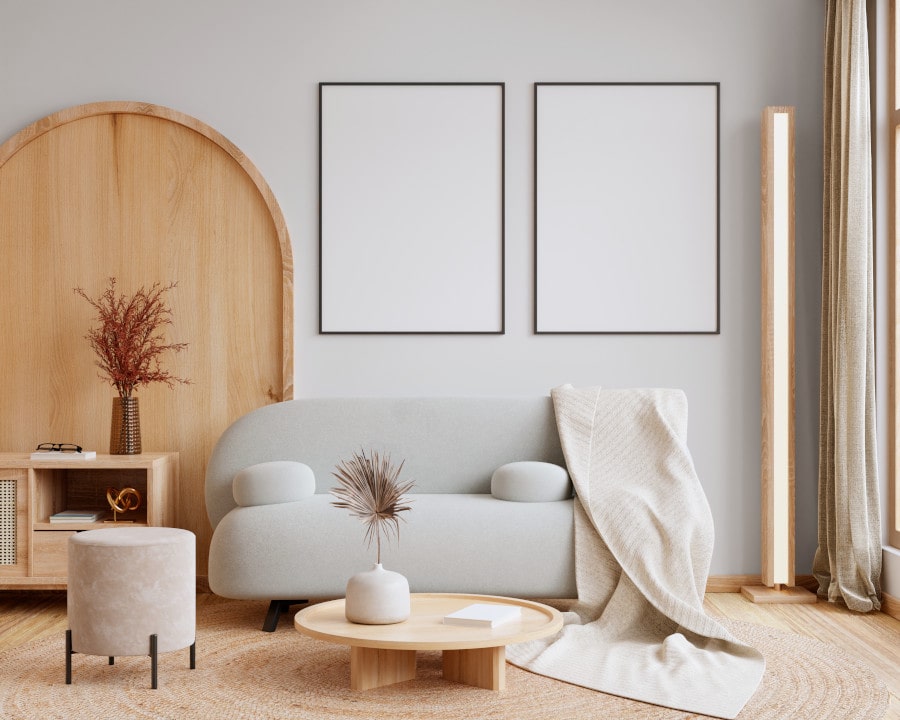
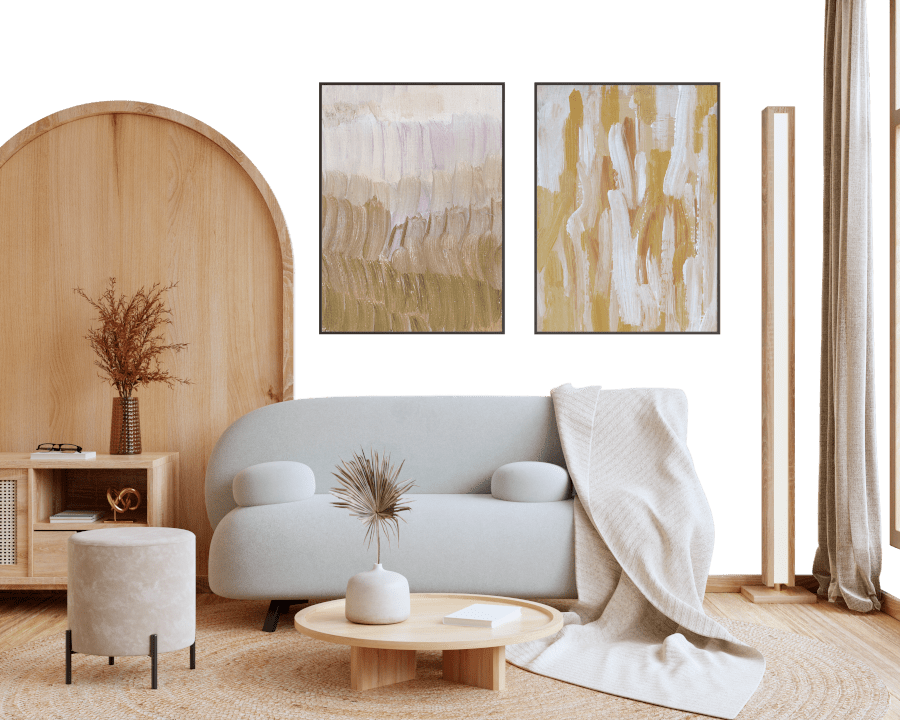
4000K
Coordinating colors.
Colors that go with Behr Roman Plaster:
Monochromatic color scheme

This scheme consists of various shades, tints, and tones of a single color. While it offers a perfect combination of hues, without accent décor it may become monotonous.
Lighter shades
PPU7-10
Roman Plaster
Darker shades
Complementary color scheme

This color scheme is a combination of two shades that are opposite each other on the color wheel. The high contrast between these colors creates a vibrant and dynamic visual effect. For the color Roman Plaster with a orange hue, complementary colors are those with a blue hue close to 218, such as Behr Shaved Ice and Adirondack Blue.
LRV of Roman Plaster
Roman Plaster has an LRV of 65.11% and refers to Light colors that reflect most of the incident light. Why LRV is important?

Light Reflectance Value measures the amount of visible and usable light that reflects from a painted surface.
Simply put, the higher the LRV of a paint color, the brighter the room you will get.
The scale goes from 0% (absolute black, absorbing all light) to 100% (pure white, reflecting all light).
Act like a pro: When choosing paint with an LRV of 65.11%, pay attention to your bulbs' brightness. Light brightness is measured in lumens. The lower the paint's LRV, the higher lumen level you need. Every square foot of room needs at least 40 lumens. That means for a 200 ft2 living room you’ll need about 8000 lumens of light – e.g., eight 1000 lm bulbs.
Color codes
We have collected almost every possible color code you could ever need. To copy the code, just click the icon to the right of it.
| Format | Code | |
|---|---|---|
| HEX | #ddd2bf | |
| RGB Decimal | 221, 210, 191 | |
| RGB Percent | 86.67%, 82.35%, 74.90% | |
| HSV | Hue: 38° Saturation: 13.57% Value: 86.67% | |
| HSL | hsl(38, 31, 81) | |
| CMYK | Cyan: 0.0 Magenta: 4.98 Yellow: 13.57 Key: 13.33 | |
| YIQ | Y: 211.123 I: 12.66 Q: -3.586 | |
| XYZ | X: 62.268 Y: 65.228 Z: 58.586 | |
| CIE Lab | L:84.601 a:0.63 b:10.78 | |
| CIE Luv | L:84.601 u:7.604 v:15.683 | |
| Decimal | 14537407 | |
| Hunter Lab | 80.764, -3.715, 13.526 |
Color equivalents
SW 7531
Canvas Tan
Sherwin Williams

OR-W07
Spanish Sand
Behr
SW 7565
Oyster Bar
Sherwin Williams

SW 7526
Maison Blanche
Sherwin Williams
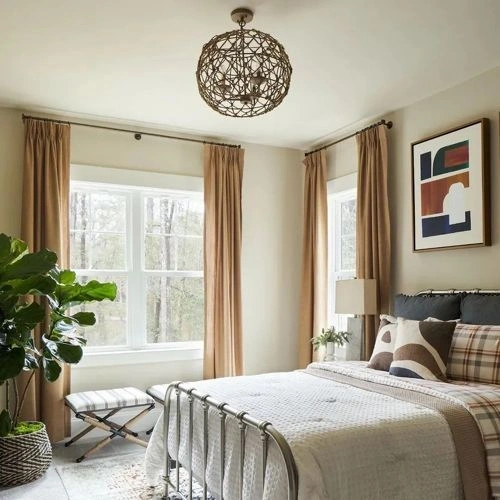
OC-11
Clay Beige
Benjamin Moore

CSP-250
Dulce de Leche
Benjamin Moore
SW 7569
Stucco
Sherwin Williams
OC-12
Muslin
Benjamin Moore

MQ3-15
Bell Tower
Behr
SW 7541
Grecian Ivory
Sherwin Williams

CW-140
Timson Sand
Benjamin Moore

SW 6148
Wool Skein
Sherwin Williams

PPU4-12
Natural Almond
Behr
N300-2
Canvas Luggage
Behr
SW 9509
Steamed Chai
Sherwin Williams
N270-1
High Style Beige
Behr

HC-84
Elmira White
Benjamin Moore

SW 7567
Natural Tan
Sherwin Williams

SW 9507
Cream and Sugar
Sherwin Williams
SW 9109
Natural Linen
Sherwin Williams
